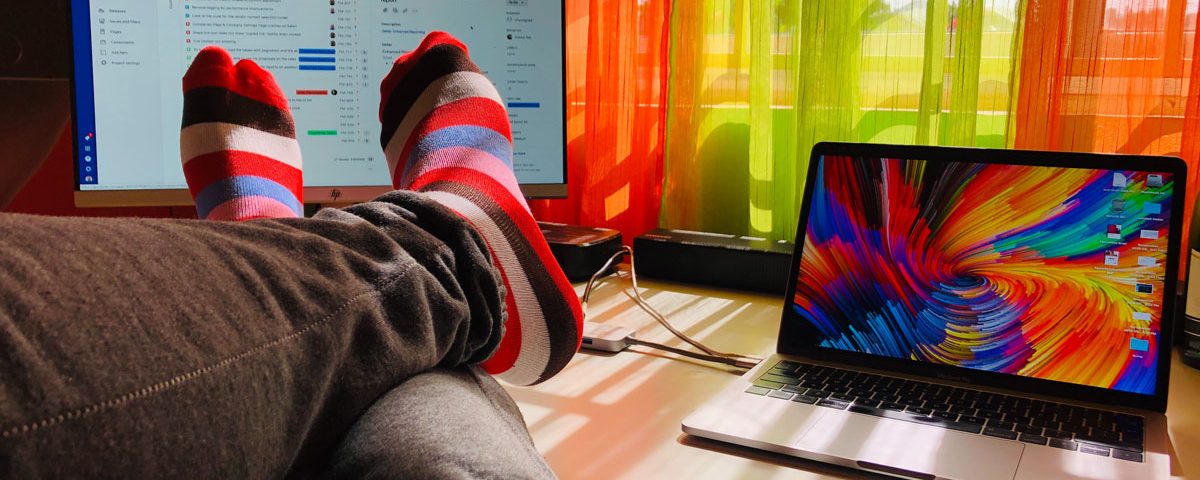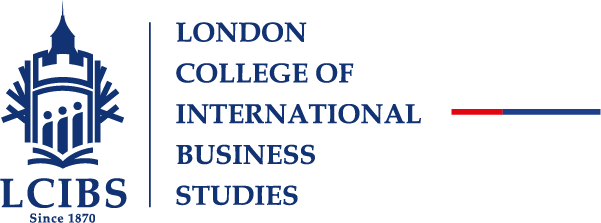The workplace as we know it is rapidly transforming. From accounting to law, once sought after job titles are under threat from artificial intelligence (AI). At the same time, those skills considered ‘soft’ are set to become the drivers of business growth.
Creativity
Robots outperform humans when it comes to routine and repetitive tasks. But creativity is innately human. It’s our creativity, after all, that invented robots. It’s creativity that will shape the future of the world.
According to a Steelcase study on Creating Conditions for Workplace Creativity, a creative culture must come from top levels of leadership. Steelcase Vice President, Donna Flynn, says, “Research in a variety of industries has shown that creativity and successful innovation can only flourish when senior leaders of organisations purposefully design an environment that allows teams to experiment, fail and explore new approaches.”
We must stop viewing creativity as some mysterious talent that only a few possess, but as a skill that can be harnessed and given market value. This can only happen if leaders show support for trying new things, provide the resources for experimentation, and measure new innovations differently to the core set of business standards.
A creative culture also stems from the physical workspace. Design can foster creativity through improving flow, where people aren’t chained to their desk. Comfortable couches, huddle spaces and outdoor environments all promote creative thinking.
Collaboration
We’ve all come across articles on how to climb the career ladder. But this has changed to how to traverse the ladder. The ladder model dates back to the industrial revolution, according to Cathy Benko, vice-chairman of Deloitte in San Francisco and co-author of The Corporate Lattice. During this time, businesses were built on standardisation, hierarchies and economies of scale. The successful businesses of the future will be built on innovation and ideas. Benko estimates that companies have “flattened out” by about 25% over the past 25 years. Layers of management have been shed in favour of a grid-like structure where ideas flow along criss-crossing paths.
Millennial employees aren’t as focused on climbing the corporate ladder as they are in learning new skills and engaging in diverse networks, by changing roles and having new experiences. This leads to an optimal exchange of ideas.
The legendary Bell Labs, founded by Alexander Graham Bell in 1925, was built on the belief that the sharing of ideas between researchers, developers and theorists will generate innovations. And it did – the transistor, laser, and radio astronomy to name a few.
During his time at Pixar, Steve Jobs designed the offices with the bathrooms in the central atrium. All employees would have to interact throughout the day as they walked to and from the common area.
Critical thinking
In a world where information is at our fingertips, the ability to critically analyse information is paramount. Critical thinking is not just an automatic thought process. It’s a skill where we learn not to make decisions based on personal biases or irrational emotions. Critical thinking involves a sense of collaboration and getting feedback from others—especially those that come from different backgrounds. Critical thinkers not only come up with ideas, but carefully consider the implications.
Communication
Poor communication costs businesses an average of US$420,000 per year, according to a US survey. Good communication skills are imperative in the future world of work where teams are diverse and spread out across the globe.
SMSs, Skype and emails are no longer good enough. They’re considered closed technology ecosystems, and in their place we’re seeing open communication and cross-collaboration tools like Microsoft Teams, Skype for Business, Google Hangouts and Facebook’s Workplace. Open communication enables fluidity across teams, and minimises misunderstanding. Virtual Reality will enable people to personally join a meeting as an avatar, from anywhere in the world.
Curiosity
Curiosity helps us find the problems we need to solve for customers. Employees should be encouraged to spend more time in their customers’ shoes, and understand their experiences and values.
When leaders create an environment of curiosity, innovation naturally follows. According to a study from Gallup International, some of the best entrepreneurs are curious and creative thinkers. Curious people naturally look beyond the present situation of the company and can imagine possible futures. They’re also driven to go out and grab them, actively seeking solutions.

The future is always uncertain, but it’s times like these when great leaders are made. Executive education programmes help ambitious entrepreneurs, managers and captains of industry harness the five C’s in their workplace. At The London College of International Business studies (LCIBS), our industry relevant programmes are designed for those who want to take their companies forward in the 4th Industrial Revolution.
Author: Sandra Crous







